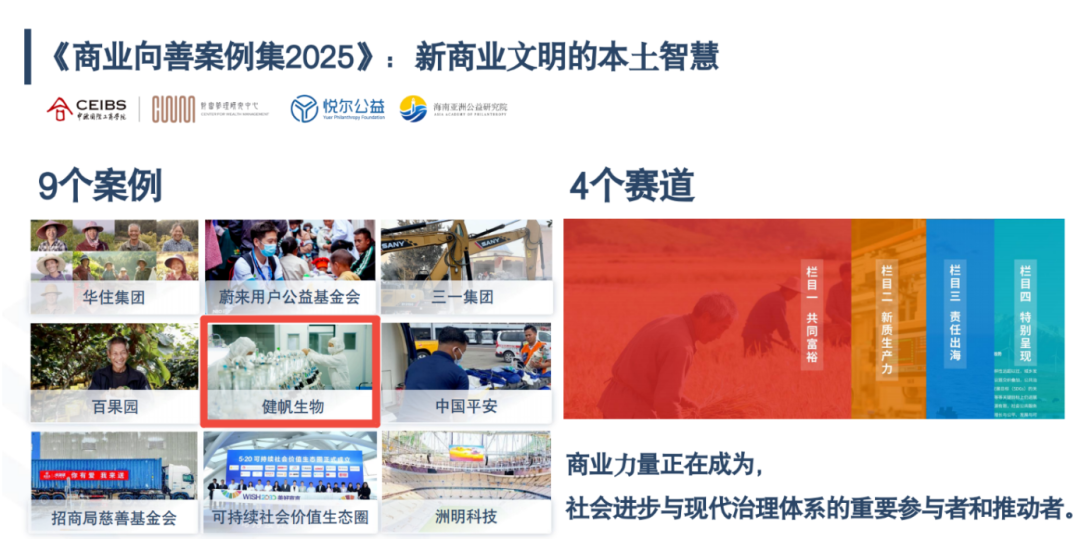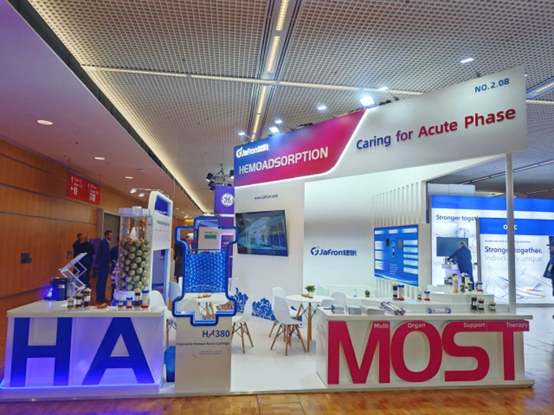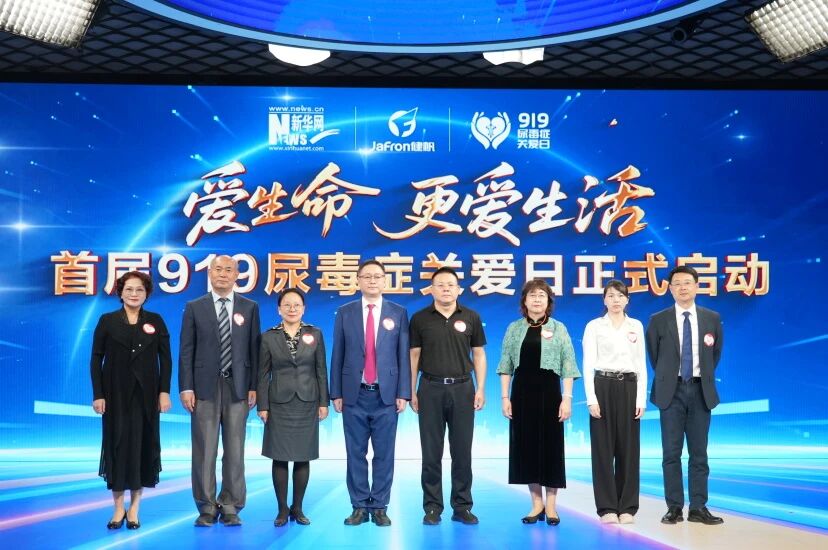Webinar of Hemoperfusion in Pediatric Patients
Author:Sherry Zhang Date:2020-11-26
Academic Perspectives
_____________________________________________________________________
Clinical applications of hemoperfusion in children: PCMC experience
Dr. Rachelle C. Dela Cruz
Pediatric Nephrologist, Philippine Children’s Medical Center
The innate immune system is activated by the binding of PAMPs on pattern recognition receptors (PRRs) resulting in release of inflammatory cytokines. Cytokine release induces cytokine production and release, which in turn aggravates cell and organ damage and may lead to an outgoing vicious circle which is also known as “cytokine storm”. Cytokines with larger molecular weight such as TNF-alpha may need for HP for adsorption.
In sepsis, the Global Increased Permeability Syndrome (GIPS): Described in patients with persistent systemic inflammation resulting in continuing transcapillary albumin leakage.
DENV-infected cells release inflammatory mediators, immune complexes are formed, and the complement cascade is activated resulting in increased vascular permeability and hemorrhagic manifestations that characterize severe dengue.
Mechanisms of severe dengue and plasma leakage are not completely understood, but there is evidence that reactive oxygen species, enzymes, and pro-inflammatory molecules (i.e. TNF-⍺, IL-6, IL-8 and IFN-y) break down the endothelial glycocalyx layer allowing, plasma to reach the underlying intercellular junctions and leak out of the blood vessels. The common cytokines in severe dengue are TNF-⍺, IL-6, IL-8, IFN-y.
Pediatric acute liver failure (PALF) associated with accumulation of various toxic substances such as ammonia, bile acids, nitric oxide, lactate, and mediators of inflammation, which impair liver regeneration.


Hepatic toxins: mainly albumin-bound: cannot be removed by conventional hemodialysis.
Non-Bioartificial Liver Support Systems (NBAL)
Primary goal: Improve the transplant free survival of patients with liver failure.
Alternative goals:
a. Serve as effective “bridge” to liver transplantation
b. Prevention of progression to liver failure
c. Improvement of end organ function in those with established multiorgan failure
Plasma perfusion, a type of NBAL: plasma separation technique is applied to filter out the plasma and the plasma will flow through a perfusion apparatus containing solid adsorbents. There is no contact between blood cell components and adsorbents, and thus the side effects of hemoperfusion on the blood cells are avoided.

11 years old, severe dengue patient, fluid overload (FO) on referral=17%(8L), chest x-ray showed bilateral pleural effusion, before initiation of renal support therapy, FO=21% (10.1L). After three sessions of prolonged intermittent renal replacement therapy (PIRRT), patient still with high FO, tachycardiac, febrile, high procalcitonin, then thee sessions of HA330 (2-2.5h) followed by hemodialysis were performed for three consecutive days, the patient demonstrated improvement of vital signs, low episodes of tachycardia, bilateral pleural effusion also resolved, patient was extubated on the six hospital day, the patient safely discharged.
Another two severe dengue patients, 7 years old, (1M, 1F), with higher FO on referral and before PIRRT, the patients received 2 sessions of HA330 combined with PIRRT, then one session of PIRRT, the patient fluid overload significantly reduced, vasopressor needs such as norepinephrine, dopamine dobutamine also reduced, the urine output and P/F ratio also improved. The patients improved clinically and survived.

7 years old female, 27 kg, diagnosed with Hemophagocytic Lymphohistiocytosis (HLH), ferritin levels and heart rate significantly decreased after the 2 sessions of HA330 combined with HD treatment.
7 years old male, 33 kg, diagnosed with idiopathic acute liver failure, treated with single plasma adsorption by bilirubin cartridge (BS330), significant decline of bilirubin level by 40% after single bilirubin adsorption treatment, unfortunately the patient not survived, the cytokines adsorption were not performed.

Conclusion
a. The body of evidence to support the use of blood purification such as hemoperfusion and plasma perfusion is growing.
b. Trend towards hemodynamic improvement.
c. May potentially serve as a bridge to stabilize patients who are critically ill and patients with liver failure until more definitive therapies take place.
d. Hemoperfusion and plasma perfusion is technically feasible in children.
_____________________________________________________________________
Hemoperfusion in Pediatrics: Chinese Experience and Experts Consensus
Dr. Hui Guo
Pediatric Nephrologist, West China second university Hospital
According to expert consensus on clinical application of pediatric hemoperfusion in 2018, hemoperfusion can be used in acute poisoning, inflammatory diseases, immune diseases, etc.

Drugs and poisons adsorbed by HP including: Barbiturates: thiopental sodium, sukemian, etc., Non-barbital hypnotic sedatives: diazepam, etc., Antipsychotic drugs: perphenazine, chlorpromazine, etc., Antipyretic, analgesic drugs: aspirin, paracetamol, etc., Cardiovascular drugs: digoxin, quinidine, etc., Herbicide, insecticide, paraquat, organophosphorus, rodenticide, Others: theophylline, anticancer drugs, etc.
Hemoperfusion has been successfully used for treatment of acute poisoning such as bee sting, spider bites, snakebite, severe allergic purpura, fulminant purpura, severe drug allergic dermatitis, exfoliative dermatitis drug eruption to reduce the poison itself or to modulate the immune system by regulating the inflammatory mediators.

Technically, for low weight children, adequate priming and reasonable anticoagulation are the key to ensure the smooth progress of HP.
Combination of HP and hemodialysis or continuous blood purification should be used for any poisoning children with water and sodium retention and renal insufficiency.

Great appreciation to Dr. Gabriella Bottari for moderating and coordinating this webinar.
Great appreciation to Dr. Rachelle C. Dela Cruz and Dr. Hui Guo for the informative lectures.
















